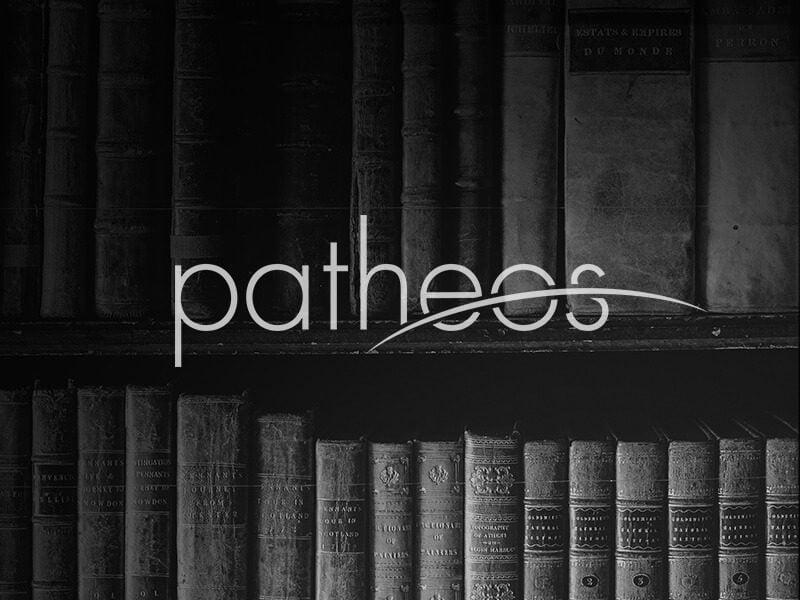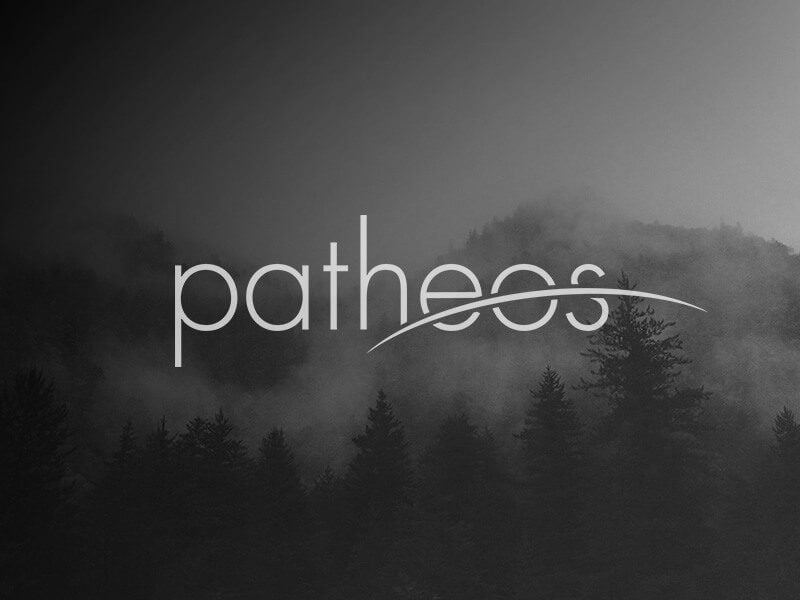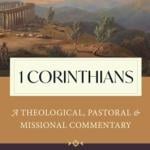Some basics on the atonement for class lecture. HISTORICAL INTRODUCTION The church has never creedally determined the doctrine of the atonement. Several models of atonement have dominated the landscape since the patristic period. Each of these contains an element of truth, and has some biblical grounding, though some can go in quite perverse directions if they are isolated and detached from others. Below, I list several of the main theories of the atonement. There are, of course, various ways to... Read more
















